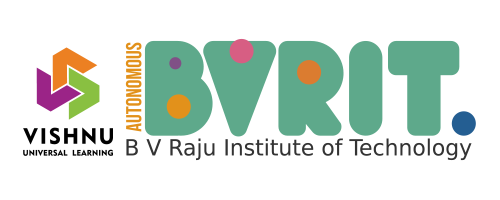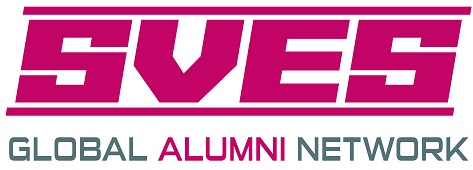Overview
Department of Electronics and Communication Engineering was established in the year 1999 for imparting a state-of the- art and quality education, training and research in the field of Electronics and Communication Engineering and allied areas. The department offers a Bachelor’s program with an intake of 240 students per year and Two Master’s Programs in Embedded Systems and VLSI Design with an intake of 12 students each.
Department has state-of the- art special laboratories in the areas of Embedded systems, Digital Signal Processing, VLSI design, Robotics, Advanced Communications and Artificial Intelligence and Machine Learning. Department is prestigious with the latest Synopsys, Xilinx, LabVIEW from National Instruments & CCS from Texas Instruments modules and tools and MATLAB to cater various specializations. Further the Department conducts Add on courses and training programs for PG students in collaboration with CYIENT, SYNOPSYS, XILINX, CADENCE, NI, Jay Robotics, TI and C-DAC under their university and institutional Programs.
Programs Offered
M.Tech - VLSI Design
12
Intake
M.Tech - Embedded Systems
12
Intake
M.Tech- VLSI DESIGN
The Electronics and Communication Engineering established the VLSI Design in 2007. The VLSI focuses specifically on Digital ASIC design, Analog and Mixed-signal and SOC VLSI design. The Objective of this center is to create an academic center of excellence in semiconductor technologies such as RTL, verification, physical design, DFT and Analog layouts. The key activities of the above center is to provide domain training by VLSI experts from Industry to Undergraduate and Post-Graduate students supported by CVD faculty members. The center also leans heavily on professional interactions with industry for guidance and support. The VLSI Design associated with few VLSI companies like SYNOPSYS, XILIX, CYIENT, ADEPTCHIPS, MANJEERA DIGITAL SYSTEMS and HYSOC etc to provide training to the UG/PG students in VLSI domain. More than 140 students got placed in VLSI companies during the last six years.
We welcome the industries to collaboration for the benefit of our faculty and students; and also to bridge the gap between the Industry and Academia. This will surely be helpful for our students to choose their future career in the core Industry.
Vision
To create engineers in the stream of electronics and communication by being laser focused on providing the best and pleasurable service to every problem in society.
Mission
1. To provide domain affirmation, activities design to add moral values and social awareness for the improvement in the effective engineering education.
2. To reform the potency of engineering education through the development, implementation and management of exploration-based learning.
3. To heighten the thinking capability of young minds with domain knowledge and make them ready for the local and global industry.
Program Educational Objectives (PEOs)
1. To prepare students to excel in the graduate program to succeed in industry / technical profession and also enable to pursue higher studies and continued life-long learning.
2. To provide students with solid foundation in mathematics, Sciences and basic engineering breadth they cover multi-disciplinary subjects enabling them to comprehend, analyze engineering problems and develop solutions.
3. To prepare students with strong engineering knowledge and technical competence to use techniques, skills and modern engineering tools that allow them to work effectively as electronics and communication engineer.
Program Outcomes(PO'S)
The student will be able to:
PO1: An ability to independently carry out research /investigation and development work to solve practical problems
PO2: An ability to write and present a substantial technical report/document
PO3: Students should be able to demonstrate a degree of mastery over the area as per the specialization of the program. The mastery should be at a level higher than the requirements in the appropriate bachelor program
PO4: An ability to solve multidisciplinary problems using VLSI design and provide optimized solutions in multiple ways.
PO5: An ability to choose and solve problems using relevant EDA tools to carry out modelling, design verification and implementation of integrated circuits (ICs)
PO6: Recognize the need for life-long learning to improve knowledge and competence in addition to ethical responsibility










